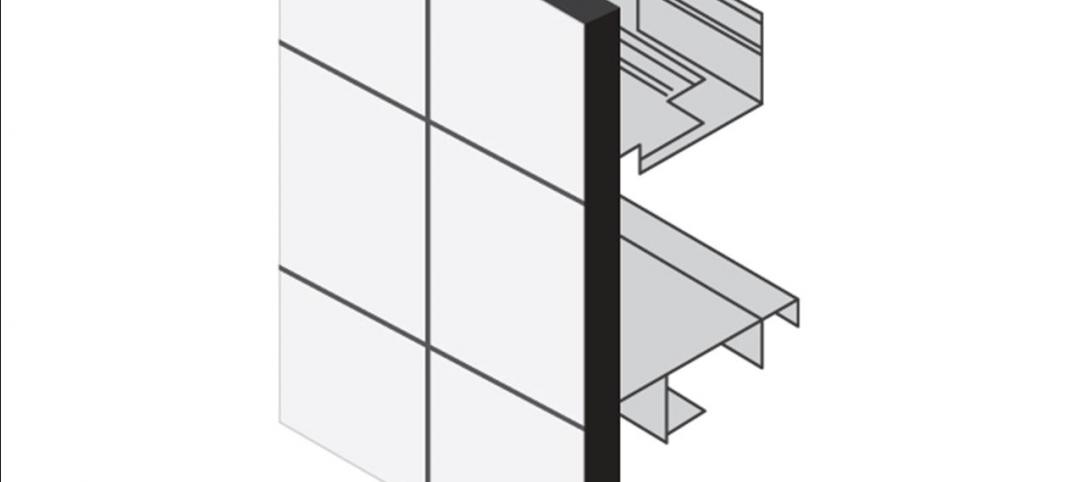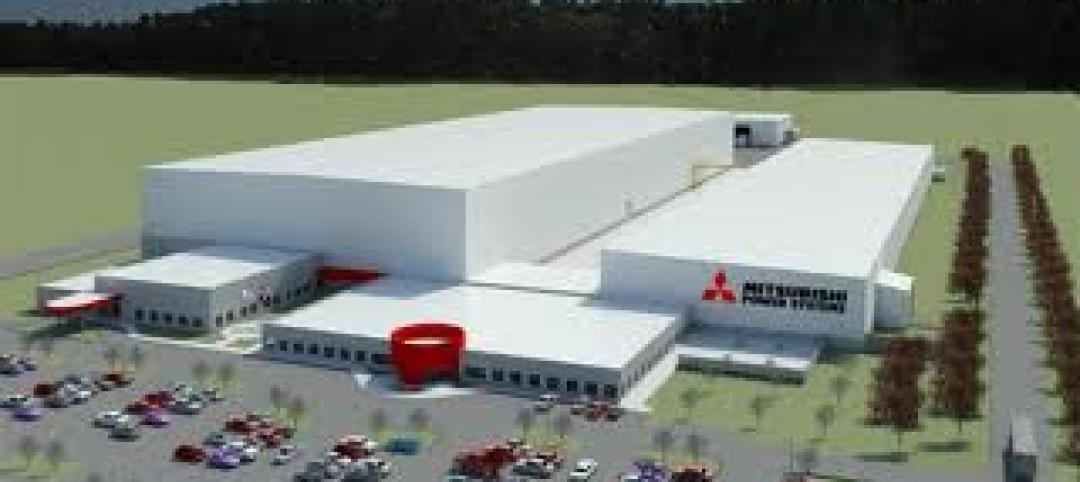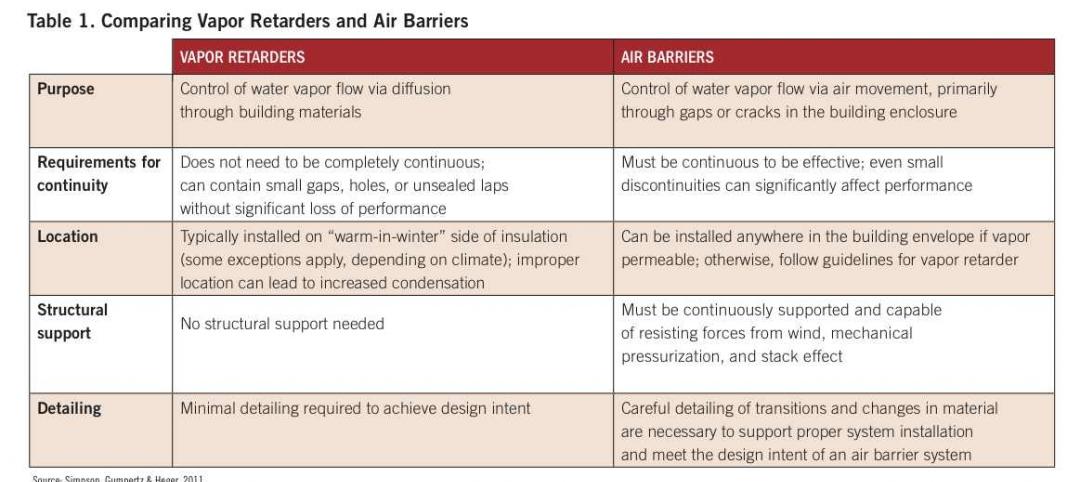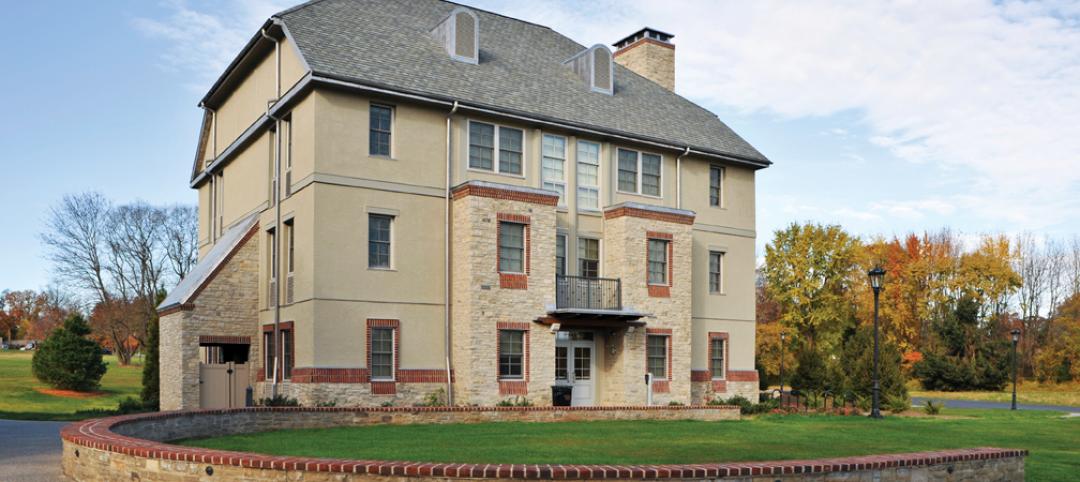Roofing industry expert Joseph Schwetz maintains that there is an important difference between what building codes require and what the construction insurance industry—notably mutual insurance firm Factory Mutual—demands—and that this difference can lead to problems in designing a roof.
Founded in 1835 by Zachariah Allen, Factory Mutual, Johnston, R.I., insures about 15-20% of the nation's building stock. However, “they insure a majority of the larger buildings, and their insured properties are ones that cannot afford the major financial loss of being down—not even one day,” says Schwetz, a 30-year veteran of the roofing industry and manager of technical services at Canton, Mass.-based Sika Sarnafil.
To protect its assets and clients and shield itself from significant financial loss, FM has developed its own very strict building requirements that exceed those of most building codes. Over the years the insurer has continued tightening its requirements, thus making its influence felt strongly within the AEC industry.
“It's important for those involved in roof design to know the difference between FM [requirements] and building code,” says Schwetz. “However, I'm not sure many roofing designers do.” And therein lies the problem.
Designing a roof to meet FM requirements when it's not required can drive up project costs. He says that the standard building code, which follows ASCE 7-05, is not as stringent as FM's requirements and should work for most projects.
Schwetz offers eight valuable tips every roofing designer needs to know about dealing with FM specs and building codes.
1 Be sure to ask if the building is insured by Factory Mutual.
This may seem obvious, but Schwetz says many roofing designers don't think to ask about the building's insurance carrier when they're sorting out roof geometry, waterproofing, materials selection, and the dynamics of wind uplift, among other concerns. Be warned, however, that even if your project isn't FM insured, many other insurance firms reference FM specs or have agreements with FM, so you need to check the building's insurance status.
2 Don't design the roof to FM standards if you don't have to.
“The roofing industry, including manufacturers, is guilty of creating generic, boilerplate specifications that state a building shall meet FM 1-90 UL Class A,” says Schwetz. However, once wind-speed calculations are determined for the building, it may not need to meet this high standard. As a result, using boilerplate specs can lead you to overdesign the roof system, thereby needlessly driving up construction costs.
3 Before you start designing, check out FM's requirements online.
Go to the firm's RoofNav site: https://roofnav.fmglobal.com/RoofNav/Login.aspx. See accompanying box for advice on how to use this tool.
4 Be aware that FM is the only body that can approve roof assemblies for its insured buildings.
Virtually all roofing manufacturers use Factory Mutual's wind-uplift testing facility in West Gloucester, R.I. “This way, manufacturers have an approved assembly that can meet both FM and building code, which is important in the market,” says Schwetz. As far as FM is concerned, it is not sufficient to have a product tested at a lab certified by the International Code Council; to get FM's OK, it has to be done in their test facility. “For the purpose of efficiency, most manufacturers test at FM's lab,” says Schwetz.
5 Understand that FM specs will always be more stringent than building code specs.
Schwetz says some proposed changes to wind load calculations should be incorporated into ICC in 2012, but they are minor—and they “won't be as tough as FM requirements.”
6 Be on the lookout for changes in FM's specifications.
Factory Mutual does not issue changes on a regular basis; more likely, such changes are issued based on conditions in the insurance industry. For example, Hurricane Katrina prompted FM to tighten up its standards.
Schwetz says that because FM has such an influence on the roofing industry, the insurer is open to working with roofing manufacturers. “They want to be very involved with the industry and in the specification development process” he says.
Nonetheless, FM is, according to Schwetz, “very particular” about whom they will insure. “Not every owner will fit FM's criteria,” says Schwetz, who adds that once he knows FM is insuring one of his projects, he gets FM on the case. “There's a huge advantage to involving FM's field people right away,” he says.
7 Understand Factory Mutual's approval process.
After reviewing a roofing package and approving it, the insurer sends field engineers to make follow-up inspections to ensure the roofing system is installed according to FM guidelines.
8 Be prepared to do extra work to get approval for a green roof.
Schwetz says that FM is close to finalizing its requirements for vegetated roofing. In the meantime, he says, “If you can make a case”—especially with regard to how much weight the green roof adds and how it meets wind uplift requirements—“they should be able to make a decision and come up with an acceptable design on a case-by-case basis.”
Related Stories
| Oct 4, 2011
GREENBUILD 2011: Nearly seamless highly insulated glass curtain-wall system introduced
Low insulation value reflects value of entire curtain-wall system.
| Oct 3, 2011
Balance bunker and Phase III projects breaks ground at Mitsubishi Plant in Georgia
The facility, a modification of similar facilities used by Mitsubishi Heavy Industries, Inc. (MHI) in Japan, was designed by a joint design team of engineers and architects from The Austin Company of Cleveland, Ohio, MPSA and MHI.
| Sep 12, 2011
Living Buildings: Are AEC Firms up to the Challenge?
Modular Architecture > You’ve done a LEED Gold or two, maybe even a LEED Platinum. But are you and your firm ready to take on the Living Building Challenge? Think twice before you say yes.
| Jul 22, 2011
Air barrier systems: Your guide to optimal performance
Expert advice on how to control wasteful air leakage in the building envelope.
| Jul 22, 2011
Five award-winning modular innovations
The Modular Building Institute's 2011 Awards of Distinction highlight fresh ideas in manufactured construction projects.
| Oct 13, 2010
Community college plans new campus building
Construction is moving along on Hudson County Community College’s North Hudson Campus Center in Union City, N.J. The seven-story, 92,000-sf building will be the first higher education facility in the city.
| Aug 11, 2010
Morphosis builds 'floating' house for Brad Pitt's Make It Right New Orleans foundation
Morphosis Architects, under the direction of renowned architect and UCLA professor Thom Mayne, has completed the first floating house permitted in the U.S. for Brad Pitt’s Make It Right Foundation in New Orleans.The FLOAT House is a new model for flood-safe, affordable, and sustainable housing that is designed to float securely with rising water levels.













